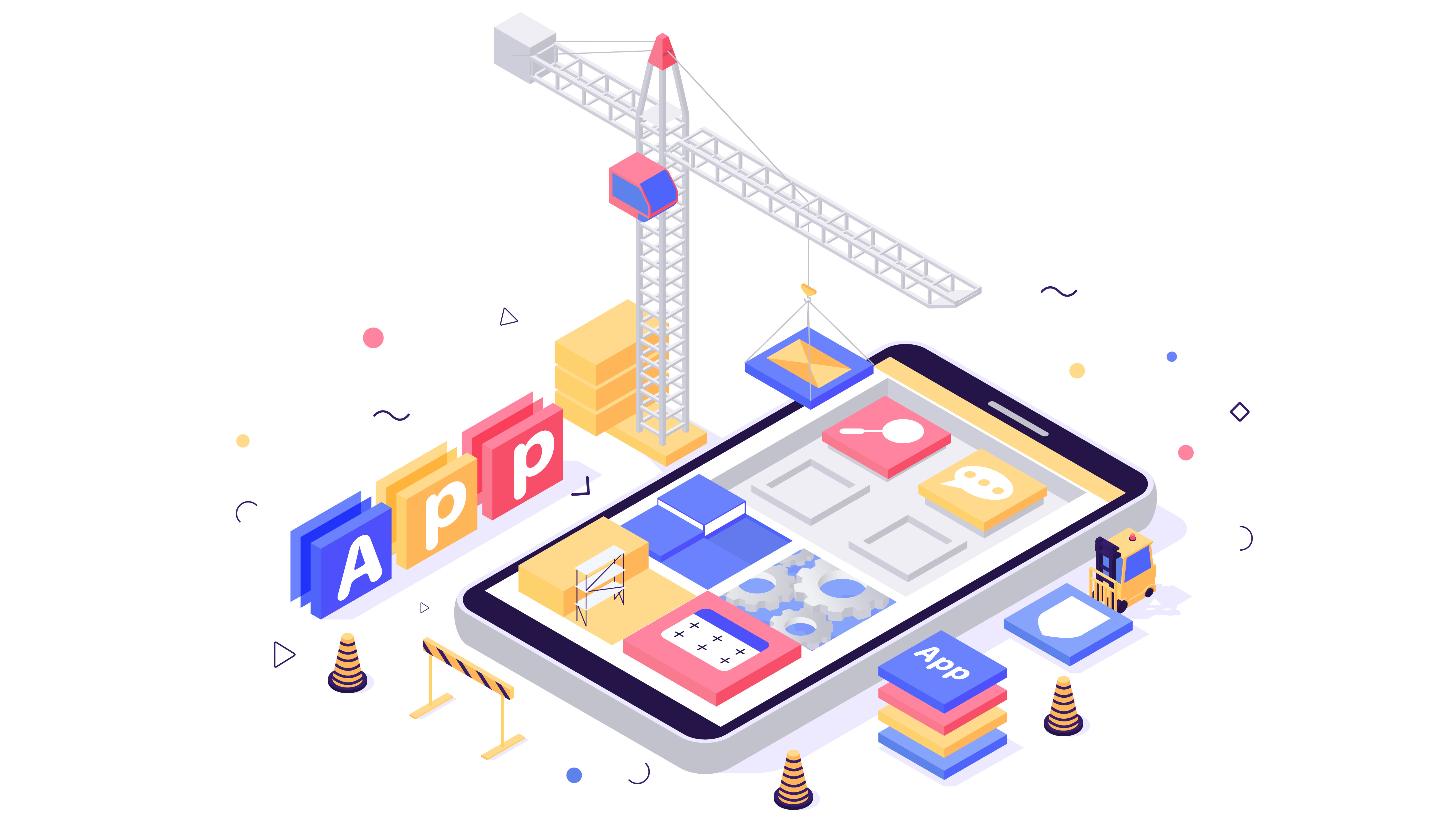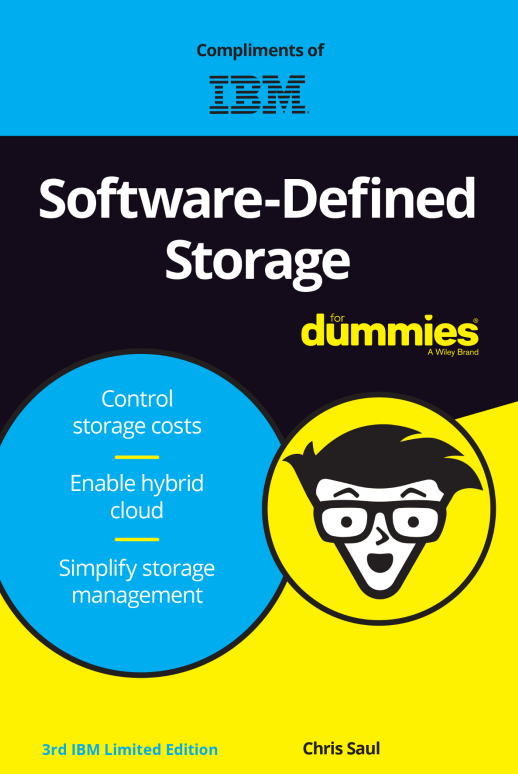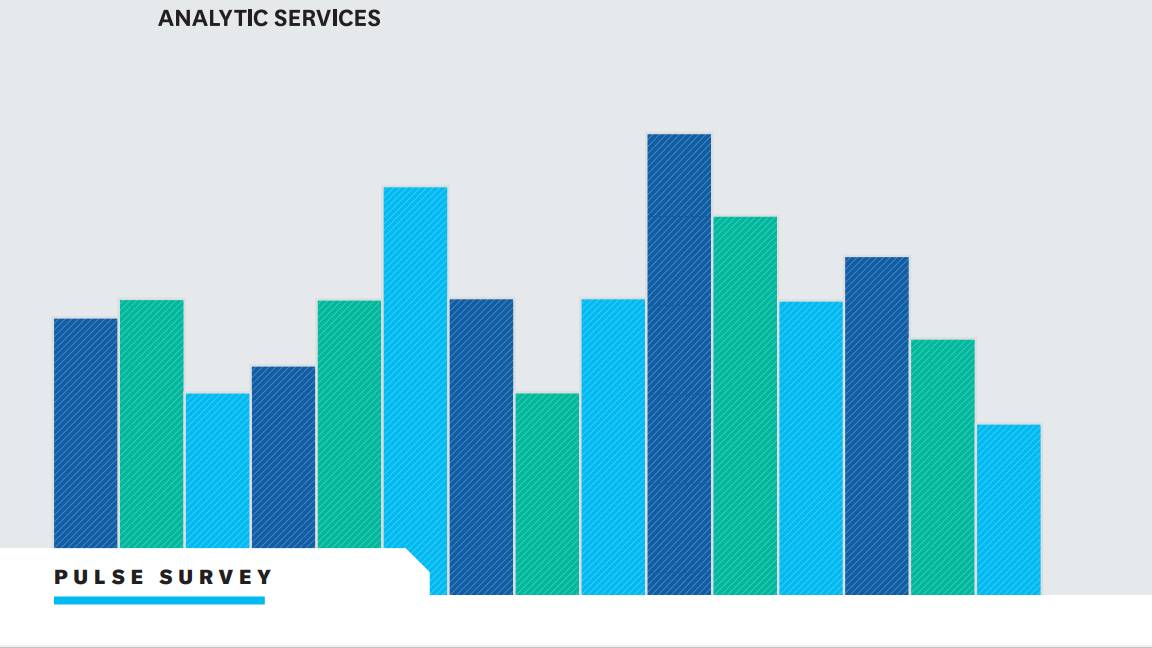Low-code vs no-code: What’s the difference and how can these tools change your business?
With the skills demand exploding, businesses are embracing alternative tools to bridge the gap, but what difference can they make?

More than 500 million digital services and apps will be developed and deployed by 2023, according to an IDC prediction. The number of new software programmers and developers to build these apps, however, is expected to be woefully short. Businesses will not be able to hire enough individuals to meet this gap and the demand is likely to remain unmet.
In such a scenario, IT teams need to find an efficient way to build applications quickly, which is where low-code and no-code development capabilities come into the picture. Low-code and no-code platforms allow IT teams to rapidly build and deploy applications with the help of a drag-and-drop interface and visual design tools. Such platforms have been widely touted as viable alternatives to traditional development methodologies, but what are the differences between low-code and no-code systems, and what are the benefits?
What is low-code and no-code?
According to Gartner, low-code development is a form of rapid application development, or high-productivity development, which gives users the option to use scripting or predefined code. Such tools use a variety of approaches to automate development and also render the process more abstract. They include code generation, drag-and-drop editors, component assembly and model-driven and meta-driven development.
Low-code platforms are targeted at professional developers, but they don’t actually require coding expertise; a technical business user or a junior developer can be highly productive when using a low-code development platform.
No-code tools, on the other hand, are meant specifically for non-professional developers. The name implies no programming language is used and little-to-no experience is needed, and it’s very much targeted at non-developers or citizen developers.
What are the key differences between low-code and no-code development?
RELATED RESOURCE

Software-defined storage for dummies
Control storage costs, enable hybrid cloud and simplify storage management
Low-code development platforms are meant for users with some level of coding knowledge. Professional programmers and developers can use low-code to deliver applications quickly, and focus their efforts on more complex tasks rather than tie themselves up with mundane programming tasks. In such a scenario, even non-IT professionals with some programming knowledge can use low-code development platforms to develop apps.
No-code development platforms, meanwhile, target non-technical business users who have little or in some cases zero programming skills. Such users can use no-code development tools to quickly build and deploy business apps.
Get the ITPro daily newsletter
Sign up today and you will receive a free copy of our Future Focus 2025 report - the leading guidance on AI, cybersecurity and other IT challenges as per 700+ senior executives
No-code is typically used for creating tactical apps that handle simple functions, while low-code tools, though also fit for such use cases, are also used to create apps for processes critical to a business's core systems, such as digital transformation initiatives.
To generalise, a no-code platform can be thought of as a special type of low-code platform, where the visual components are used to address a specific line of business, industry-specific function, or support a company's corporate branding. A low-code platform, though, may need the help of in-house developers to make changes in the back-end code so any new app aligns with other software used by the business.
Examples of low-code and no-code platforms
Mendix is a low-code development platform that provides an integrated development environment (IDE) tailored for all developers. Business users get to use Mendix Studio, a WYSIWYG IDE, while professional developers can use Studio Pro, a low-code IDE. It has a React Native framework that can create mobile apps for both Android and iOS.
Zurich insurance, for example, had a DevOps team staffed partially with business analysts, i.e. developers having a keen awareness of business needs, but very little or no coding expertise. Using the Mendix low-code development platform, the firm was able to realise millions of pounds of business value annually from its apps.
There are other key examples of low-code platforms including those from Appian, which is fitted with native deployment tools and integrations with third-party systems, and Microsoft Power Apps, which helps users build custom business apps. Other providers include Salesforce Lightning, Zoho Creator, Quickbase and OutSystems.
The Betty Blocks development platform, meanwhile, is a no-code system that can build complex applications for the enterprise without the need for any programming. People can use the User Interface Builder to drag and drop any front-end, ranging from dynamic web apps to customer portals. They can also combine it with JavaScript frameworks like Vue.js and Angular for full flexibility and freedom. Data processing and management can also be done easily with the help of visual modelling.
Betty Blocks is being used by enterprises in various industry sectors, with the city of Zaanstad saving €2.4 million in four years by replacing their legacy software system with Betty Blocks.
There are a litany of options available though if your business aims to pursue no-code development, including Bubble, which is geared towards building web apps, as well as Glide, which is designed to create apps from spreadsheets. Voiceflow, too, helps businesses design and launch virtual assistants. Other notable no-code platforms include Google’s AppSheet, Clappia, Kintone and Creatio.
What are the benefits vs traditional development?
Developers using traditional application development methodology use conventional methods for creating robust applications. On the other hand, low-code and no-code development environments allow business users, citizen developers, and others to create apps quickly with the help of drag-and-drop interfaces.
Although there are measurable benefits of building apps using traditional development methods, with experienced personnel, some businesses might find they’re more likely to appreciate a handful of the benefits of low-code and no-code. These include overall costs, the frequency of encountering bugs in the end product, and the pace of development.
Cost
Traditional software is expensive to build and can cost a business hundreds of thousands of dollars to roll out. On the other hand, low-code or no-code development is far more cost-effective if harnessed properly. The reason is that with such platforms, a business usually pays for accessing a specified service rather than bear the cost of end-to-end development.
Quality of applications
Due to the complex nature and high technicalities involved, traditional application development methods end up producing many bugs and security flaws, more often than not. Although the apps tend to be far more complex and feature-rich, users might find it difficult to use applications developed through traditional methods.
Applications developed with the help of low-code or no-code platforms usually don’t have many bugs and normally run smoother than traditionally developed applications.
Agility
Traditionally developed apps are developed on platforms with complicated configurations. As a result, the apps and the development processes tend to be less agile. Furthermore, due to complex coding, a developer typically takes a lot of time to learn and also operate such platforms accurately.
On the other hand, low-code and no-code platforms are easier to operate and use due to drag-and-drop features. Furthermore, developers don't need to write any special code, and overall development, as well as maintenance, is much more simple.
What's the future of low-code and no-code?
Citizen developers and the use of low-code or no-code development platforms have expanded exponentially in the last few years. Such development methods offer a meaningful way for businesses to develop digital solutions quicker than traditional development methods, and without relying on a seemingly shrinking pool of skilled programmers.
While web developers aren’t likely to become obsolete, the growth of the use of low-code and no-code development methods has led to a rise in businesses being able to create and design apps, web apps, and integration workflows. This is mainly due to the benefits of businesses using such tools being able to boost digital transformation efforts, reduce costs, and achieve increased agility and greater productivity levels.
-
 Bigger salaries, more burnout: Is the CISO role in crisis?
Bigger salaries, more burnout: Is the CISO role in crisis?In-depth CISOs are more stressed than ever before – but why is this and what can be done?
By Kate O'Flaherty Published
-
 Cheap cyber crime kits can be bought on the dark web for less than $25
Cheap cyber crime kits can be bought on the dark web for less than $25News Research from NordVPN shows phishing kits are now widely available on the dark web and via messaging apps like Telegram, and are often selling for less than $25.
By Emma Woollacott Published
-
 2024 State of procurement report
2024 State of procurement reportWhitepaper The trends shaping the future of business buying
By ITPro Last updated
-
 Digital optimisation paves the way to strategic supplier management
Digital optimisation paves the way to strategic supplier managementWhitepaper Procurement’s role as a strategic driver
By ITPro Published
-
 The small and medium business guide to buying
The small and medium business guide to buyingWhitepaper Optimising purchasing to save in 2024
By ITPro Published
-
 Move your organisation forward by refining your strategic procurement plans
Move your organisation forward by refining your strategic procurement plansWhitepaper An Executive’s Guide to Purchasing in 2024
By ITPro Published
-
 Accelerate full-stack web and mobile app development
Accelerate full-stack web and mobile app developmentWhitepaper Three tips proven to help teams build modern apps faster
By ITPro Published
-
 Podcast transcript: Building recession-proof architecture
Podcast transcript: Building recession-proof architectureIT Pro Podcast Read the full transcript for this episode of the IT Pro Podcast
By IT Pro Published
-
 The IT Pro Podcast: Building recession-proof architecture
The IT Pro Podcast: Building recession-proof architectureIT Pro Podcast Serverless, no-code, and low-code can be powerful tools for reducing development time and cost
By IT Pro Published
-
 Accenture and Atlassian partner on new business agility programme
Accenture and Atlassian partner on new business agility programmeNews The pair are also launching an Accenture Atlassian Center of Excellence to provide coaching, education, and agile practice disciplines to clients around the world
By Zach Marzouk Published